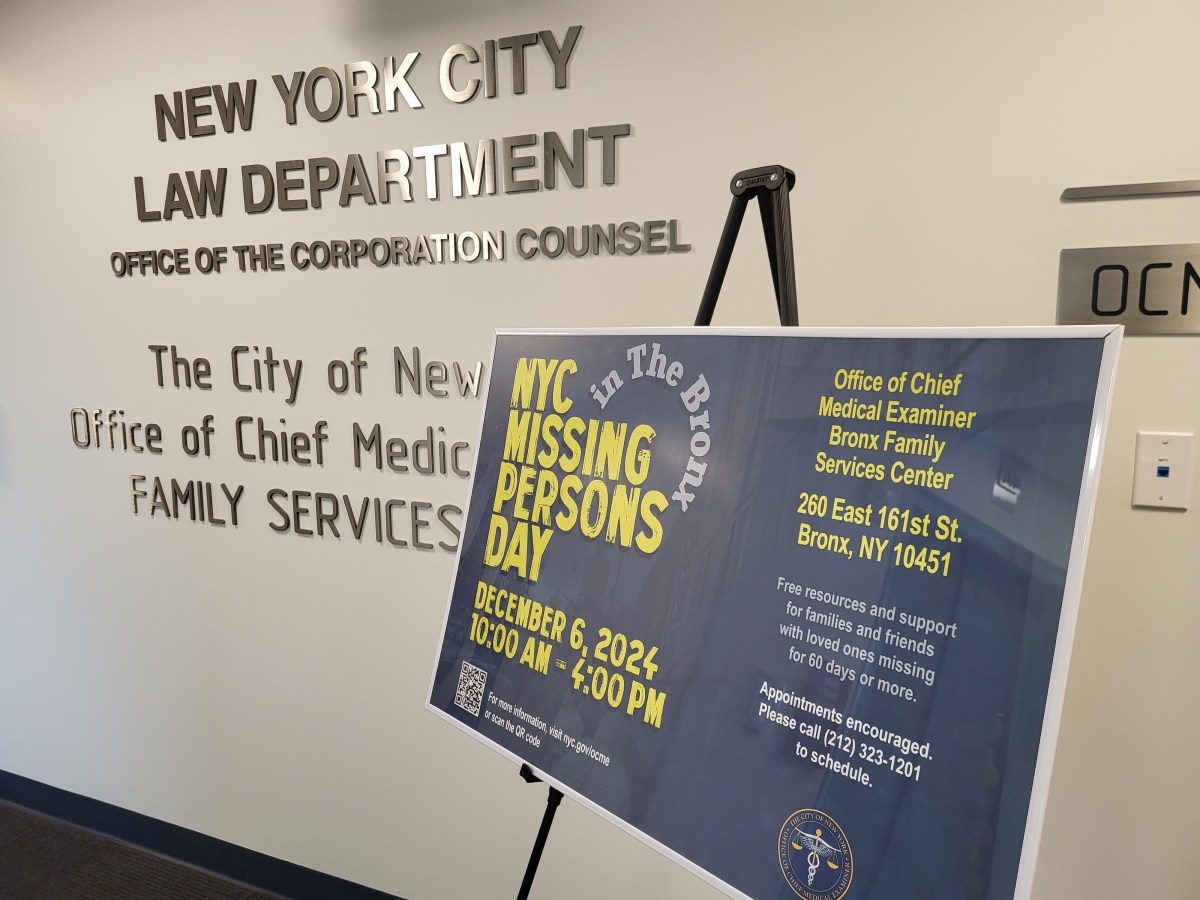Arne Duncan didn’t say it correctly last week, but what he said was correct as he discussed opposition to the new Common Core standards adopted in 45 states.
“It’s fascinating to me,” said the U.S. education secretary, that some of the pushback is coming from “white suburban moms who — all of a sudden — their child isn’t as brilliant as they thought” and their school isn’t quite as good as they thought. “That can be a punch in the gut.”
Duncan’s gender, racial, and geographic specificity was wrongheaded — as if dads or black suburban moms or white moms living in cities don’t share these feelings. But he made a valid point later when — in clarifying his comments — he said he wants to challenge the underlying assumption that when we talk about improving schools, we are only talking about poor minorities in inner cities.
It’s not just the inner cities.
On Long Island, a region whose prosperity and property values were built on the promise of superb schools, only about 50 percent of students finish high school in four years and are ready to do college-level work. And under the tougher Common Core standards this year, just 31.1 percent of students in grades 3-8 statewide met or exceeded English proficiency standards. Only 31 percent met or exceeded math standards.
The lower rates of proficiency shouldn’t have been surprising given the tougher standards. But parents were surprised to see kids who had previously done well wind up with scores suggesting they were lagging behind.
But as tough and as poorly handled as the transition to the new tests has been, reversing course is not the answer. Success lies ahead, as teachers and students become more comfortable with the curriculum and with the tests.
Why stop progress now?
Our standards have been too low everywhere in the state. The schools aren’t preparing students as well as we had hoped, and that has to change. But the Common Core curriculum — and testing on it and evaluation of teachers partly based on it — should not be slowed.



































